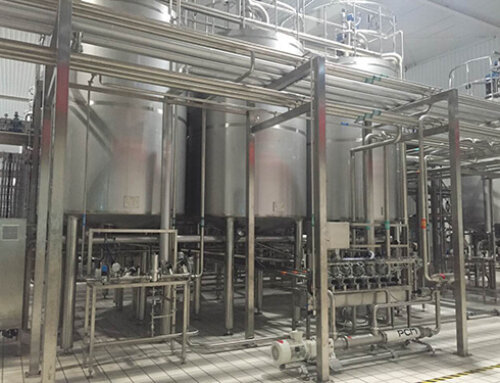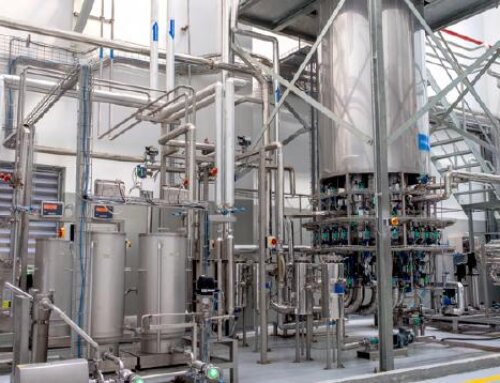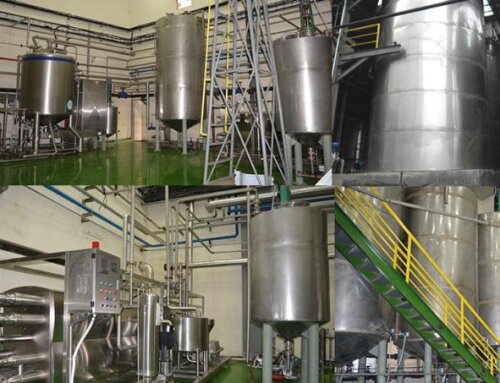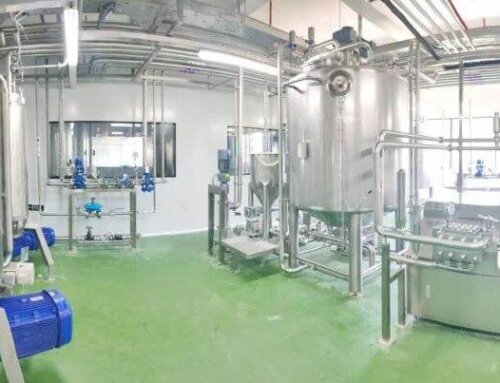The Concept Of Starter
A starter is a specific microbial culture used to make fermented dairy products, containing one or more active microorganisms, which can promote the acidification process of milk. When the starter is inoculated into the processed milk raw materials and reproduces under certain conditions, its metabolites give fermented milk products a certain degree of acidity, taste, aroma and consistency. Whether it is yogurt or other fermented milk production, the preparation of a high-quality starter is very important.

Starter Type
—According to the types of microorganisms, starters can be divided into the following two:
Mixed starter: It is made by mixing two or more kinds of bacteria in a certain ratio. For example, the traditional starter for lactic acid is a mixture of Bulgarian bacteria and Streptococcus thermophilus in a ratio of 1:1 or 1:2.
Single starter: it refers to a starter containing only one microorganism. When used, it is activated separately first, and then it is mixed with other types of bacteria in proportion.
—According to the use method of starter:
Direct input starter: Direct input powder starter can be directly used for the production of yogurt without activation or amplification. It is characterized by high viable bacteria content and long shelf life, which makes the quality of each batch of fermented products stable and prevents bacteria degradation and pollution it improves the efficiency of production lines and product quality of fermented dairy products.
Subsequent starter: Due to its weak activity, the subsequent starter cannot be used for production directly, and must go through the process of activation and expansion. Its characteristic is that the strain is easy to contaminate during the activation process, which causes the quality of the starter to be uneven. But the cost is low, and it is suitable for small and medium dairy processing plants.
Selection Of Starter Strains
The selection of strains has an important impact on the quality of the starter. It should be selected according to market demand and consumer preferences, and the following technical characteristics can be used as the standard:
- Acid production capacity
The acid production capacity of the starter can be judged by measuring the acidity. A starter with a strong acid production capacity can easily lead to excessive acid production and too fast post-acidification during the fermentation process. Therefore, in the production, selecting the fermentation with medium or weak acid production capacity is the best choice.
- Post-acidification ability
Post-acidification means that after the fermentation is terminated during the production of yogurt, the starter strain continues to slowly produce acid during the cooling and refrigeration stages, and it consists of three stages: the fermentation termination (42℃) to 19-20℃ the increase in acidity when cooled; The acidity increases when cooling from 19-20℃ to 10-12℃; the acidity increases during the refrigeration stage in the refrigerator at 0-6℃. A starter with weak post-acidification should be selected to control product quality.
- Fragrance
The aromatic substances produced by yogurt starters are mainly acetaldehyde, diacetyl and volatile acids, mainly through sensory evaluation, volatile acid determination and acetaldehyde production capacity.
- Stickiness
The viscous substance in the fermentation process helps to improve the texture and consistency of yogurt, especially when the dry matter content of yogurt is not high.
- Proteolytic activity
The proteolytic activity of lactic acid bacteria is generally weak. For example, Streptococcus thermophilus only shows weak proteolytic activity in milk, while Bulgarian bacteria have relatively high proteolytic activity.
The Role Of Starter
- Yogurt fermentation: Through the fermentation of lactic acid bacteria, the lactose in the milk becomes lactic acid, the PH value of the milk is reduced, and the coagulation and flavor are formed.
- Produce volatile substances, such as diacetyl, acetaldehyde, etc., produce flavor.
- It has a certain effect of degrading fat and protein, making yogurt more conducive to digestion and absorption.
- The acidification process inhibits the growth of pathogenic bacteria.




